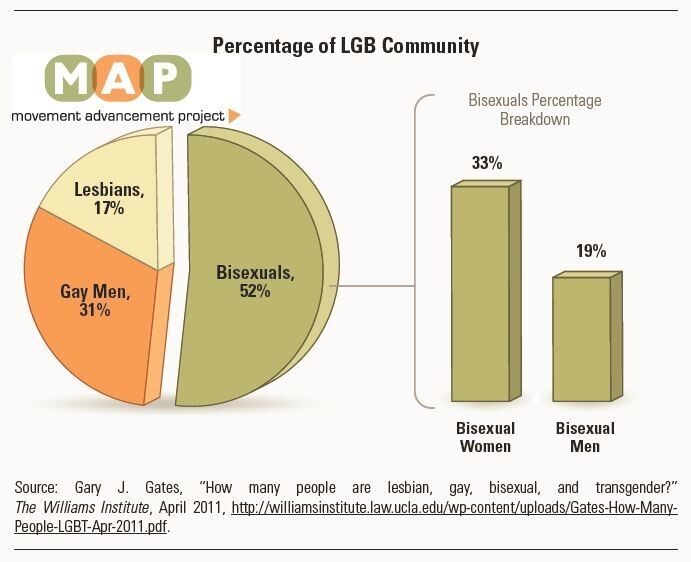It’s March 1st, so that means BHAM is BACK! Bisexual Health Awareness Month (BHAM) begins with a focus on bisexual+ youth, biphobia, low coming out rates, and community isolation.
Bisexual+ youth include those who identify as bisexual, pansexual, queer, fluid, and no label, and they often go without identity affirmation and social support. They are often told that their sexual identities are “just a phase”and that they “don’t exist.”
It’s “just a phase?” Bisexual+ youth “don’t exist?” That’s pretty surprising to hear, especially since bisexuals make up over half of the LGB community!

And yet, bisexual+ youth experience more health-related challenges compared to their gay, lesbian, and straight peers. A recent report by the Human Rights Campaign focused on the unique needs and experiences of bisexual+ youth. In this report, 1 in 4 transgender and 1 in 5 other gender-expansive youth identified as bisexual. Additionally, 43% of Black/African American, 41% Hispanic/Latino/Spanish American/Chicano, 35% Asian/Pacific Islander, and 40% American Indian/Native American LGBT youth identified as bisexual. Several of this report’s findings included:
- Only 4% of pansexual youth reported feeling like they “definitely fit in” in their community
- Bisexual youth reported lower levels of family acceptance than their gay and lesbian peers
- Bisexual youth were less likely to be out to their families, friends, and communities than their gay and lesbian peers
Additionally, other research has shown that bisexual adolescents report less family and school connectedness than their straight peers, and one study found that bisexual youths were less likely of having attended a queer youth group compared to gay and lesbian youth.
Supporting bisexual+ youth and their intersecting identities is critical in improving their health and well-being. With low coming out rates and community isolation, it’s important to work towards building more inclusive, supportive environments for these youth at home, in school, and within their communities.
Today’s Featured Resources: Are you a bisexual+ youth in need of resources? Our bi+ youth site can help with coming out and talking about your sexuality. We even have a section for parents and guardians! Also, if you want be a better bi+ ally, or know someone who could be, check out our brochure on that topic.
Jarrett, age 18: Be confident in yourself, you are the only one who knows your own true sexuality. Others will try to tell you differently, but don’t listen to them, be proud of what you know you are and don’t shy away from it.